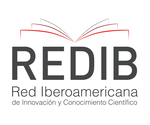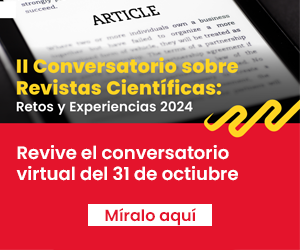Tumor de células esteroideas de ovario: Reporte de un caso.
DOI:
https://doi.org/10.20453/rmh.v16i1.867Resumo
The suggestive clinical characteristics of hyperandrogenism are very common problems in women and have been related with excessive androgen production from ovaries, suprarenal glands or both. The most common identifiable cause of androgen excess is the polycystic ovary syndrome. The virilizing tumors are rare. We report the case of a postmenopausal women with virilizing signs and a left anexial mass. Testosterone 4.3ng/mL (0.2-0.95); DHEAS 56ug/dL (35-430); androstenedione: 10ng/ml (0.4-2.7); Cortisol 16ug/dL. Testosterone post dexamethasone suppression test 3.5ng/mL. Ovarian steroid cell tumors secrete great quantities of testosterone or androstenedione and differ from Leydig cell tumors in that they lack crystals of Reinke. Usually, they are benign, but 20% of malignancy has been reported. They can produce different substances. The election treatment is oophorectomy. As in our patient, the androgens levels are normalized after surgery.
Downloads
Downloads
Publicado
Como Citar
Edição
Seção
Licença
Os autores cedem os seus direitos à RMH para que estas possam divulgar o artigo através dos meios ao seu alcance. A revista fornecerá formulários de declaração de autoria e autorização para a publicação do artigo, que deverão ser entregues juntamente com o manuscrito. Os autores conservam o direito de partilhar, copiar, distribuir, executar e comunicar publicamente o seu artigo, ou parte dele, mencionando a publicação original na revista.



















